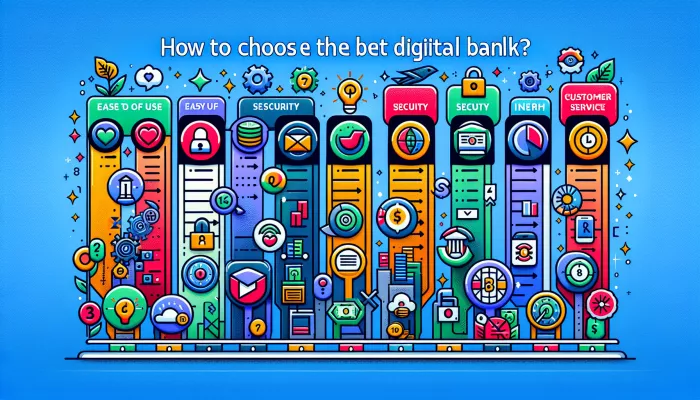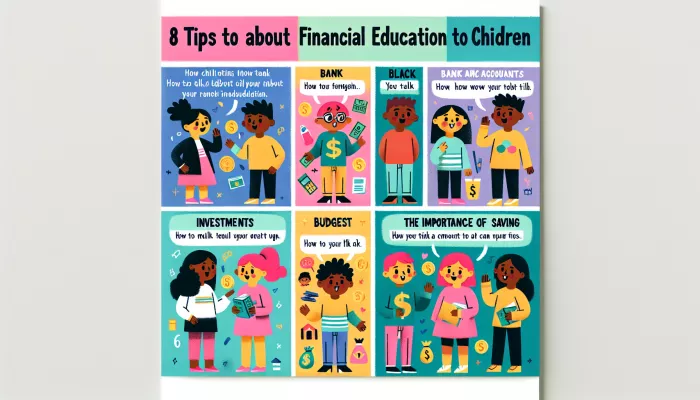

Learning about money can be a fun adventure for children.
It is important to start early with basic concepts, transforming learning into a series of games and activities that capture the imagination of little ones.
Simulate a trip to the market can be an amazing way to introduce the concept of money.
Use household items as products and create a fictitious currency for transactions. This helps your child understand the value of things and the practice of bartering.
Build a homemade cash register Using shoe boxes and buttons can be an engaging way to teach about how money is used in everyday life.
Children can play at being the cashier or the customer, developing math skills in a fun way.
Create one “Family Bank” where children can “deposit” their savings and receive them back.
With “interest” or even exchanging for small rewards, it teaches about the concept of savings and investment in a fun and relevant way.
Use books and stories that include financial themes that are adapted for children.
Stories can be a powerful tool for teaching valuable lessons about spend and save in a way that children can easily understand and connect with.
Finally, we cannot forget technology as an ally. There are several educational applications designed to teach children about money in an interactive way.
These games incorporate basic financial concepts suitable for a variety of ages.
Introducing the concept of money in a playful way is essential to prepare children for responsible financial management in the future.
It is a solid foundation for financial education that, when started early, bears immeasurable fruits.
Develop a conscious savings and spending routine is essential to ensure a healthy financial life.
A balanced practice allows you to not only save for the future, but also enjoy the present without guilt or worry.
Set specific financial goals is the first step.
Whether it's building an emergency fund, saving for a dream trip, or providing for your children's education, having a clear reason to save can add up significantly.
A detailed budget helps you understand where your money is going.
List your income and expenses, identifying essential and non-essential expenses. This allows you to cut unnecessary expenses and allocate more funds to savings.
Technology can be a great ally. Use finance apps allows you to automate transfers to your savings account.
This way, you save without having to remember to do it manually every month.
The key is to review your budget and savings regularly. Adjusting your spending as your needs and goals change over time is crucial to maintaining a successful financial routine.
By adopting these strategies, creating a savings and conscious consumption routine will become a habit, providing long-term financial stability and security.
Teaching children about finances is crucial to preparing them for a financially responsible future. One effective way to engage them is to include them in family financial decisions.
This not only gives them a practical understanding of how money works, but also helps them understand the value of money and the importance of financial planning.
Talk about savings goals so that children can understand.
Whether it's a family trip, a new video game, or a bedroom makeover, let your kids have their say and choose something that excites them too.
This activity not only promotes family unity, but also teaches children about the value of money and the importance of saving to achieve goals.
Involve children in everyday shopping. Explain how you decide what to buy, based on what is needed and what fits within your budget.
Give them small choices, such as between two products of different prices, so they learn to make informed financial decisions.
Highlighting the benefits of comparing prices and looking for deals is also a valuable lesson.
Start a family budget planning with the participation of children.
Use simple methods, like a whiteboard or kid-friendly money management apps, to track expenses and savings.
This teaches the importance of planning and monitoring spending, as well as giving a sense of contributing to the family's financial well-being.
Foster an atmosphere where talking about money is not taboo. Discuss finances openly in the presence of children, including the family's financial challenges and successes.
This could include reviewing accounts at the end of the month or discussing big financial decisions. This teaches children that money management is a regular and important part of adult life.
Links to the Applications or Websites Mentioned:
Explore applications and websites designed to teach kids about finance. Many of these resources make learning about money fun and interactive.
From games that simulate savings and investments to apps that help manage pocket money, technology can be a great ally in children's financial education.
Involving children in family financial decisions not only helps prepare them for the future, but also strengthens family bonds and teaches values such as responsibility, planning and work.
By using available resources and adapting conversations to the level of understanding of each age, it is possible to create a solid foundation for children's financial development.